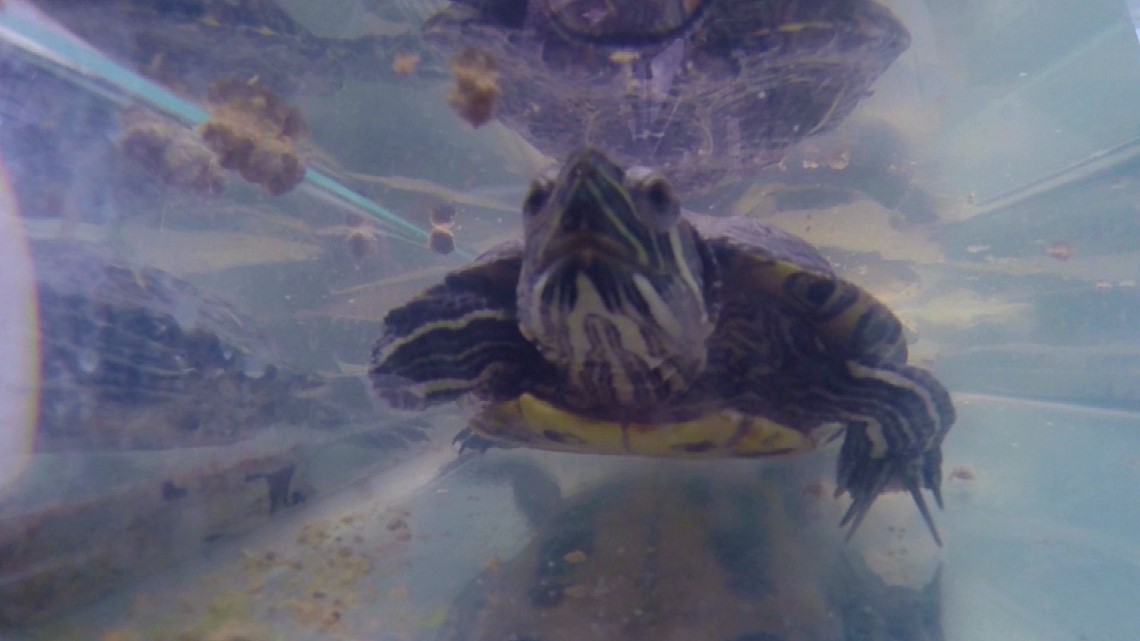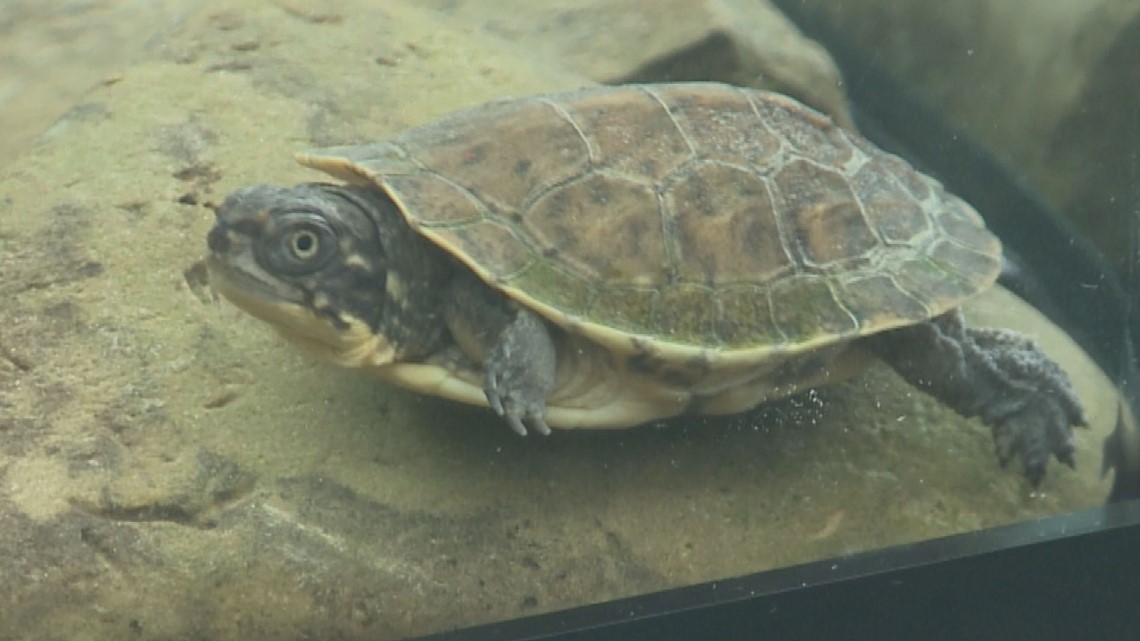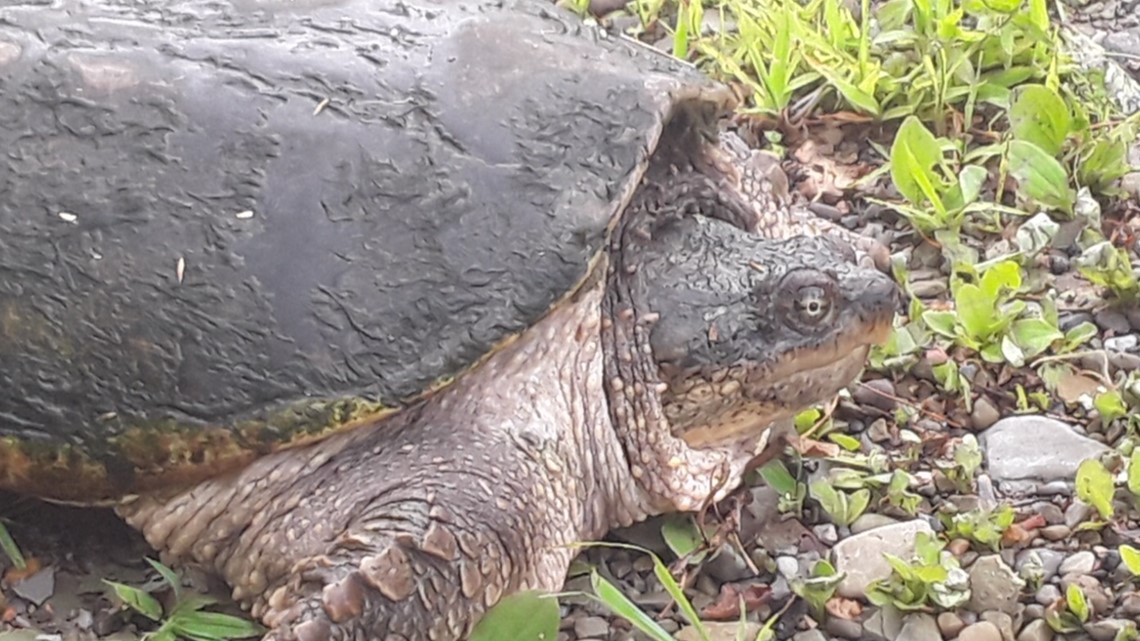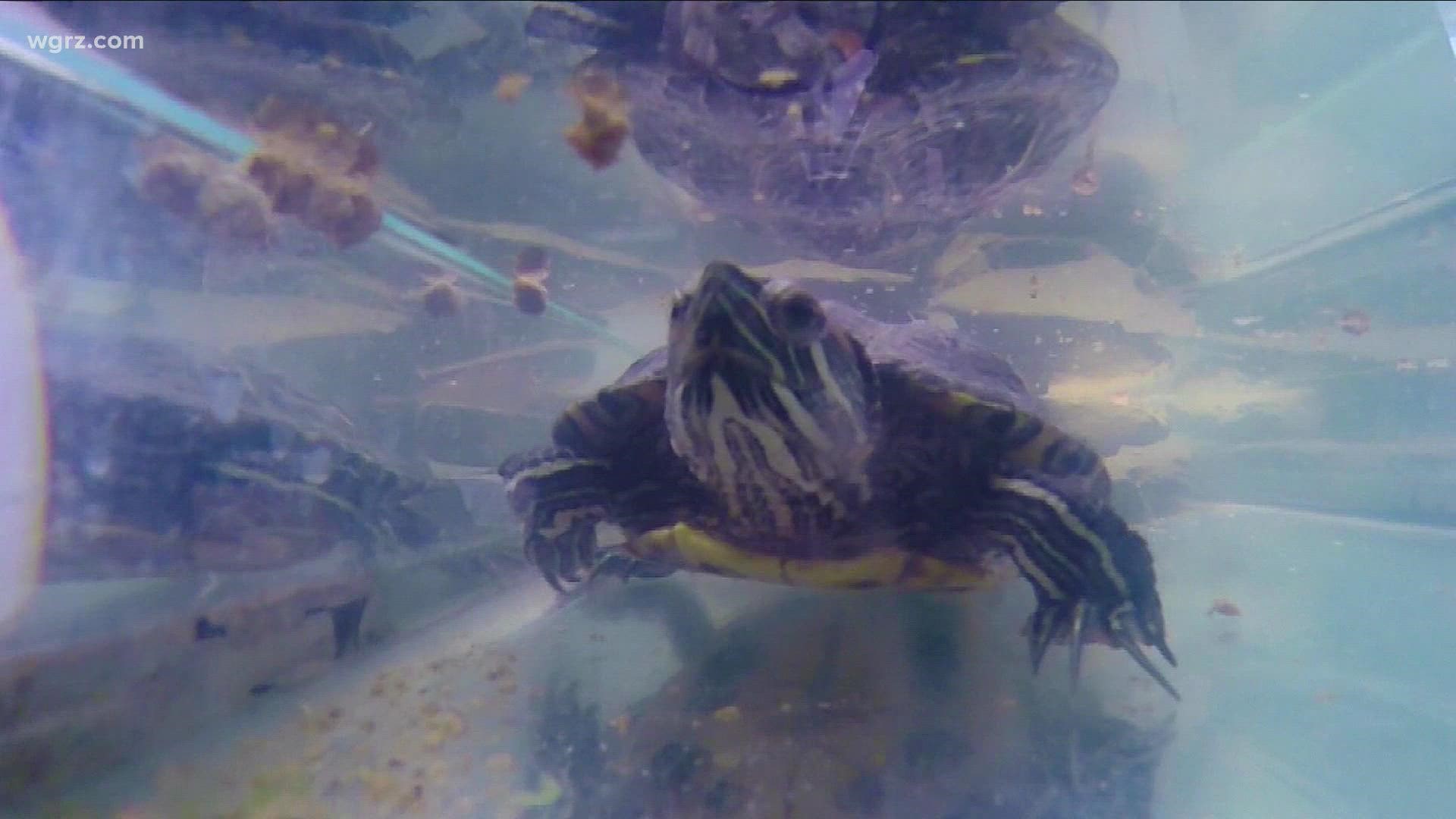BUFFALO, N.Y. — Cold weather leads many animals to hibernate. The process happens in a number of species from mammals to amphibians.
2 On Your Side spoke with Penny Felski, manager of the Buffalo Zoo's Amphibian and Reptile Center, about the physical effects of hibernation.
Felski says, "Hibernation is a period of inactivity when animals basically go to sleep, or they go into torpor in the winter. Their heart rate, their breathing, and their metabolic rate all decrease, and slow down, and their body temperature drops dramatically also."


Hibernation takes on various forms. True hibernators sleep through the winter months. Others enter a state of partial hibernation and are easily roused from their seasonal slumber.
"Bears will den up, squirrels will climb a tree and build a nest out of leaves and mud," Felski said. Turtles, like a box turtle, will find leaf litter and hunker down in the leaf litters. Some turtles will hibernate underwater."


Turtle hibernation is known as brumation and Felski says that the process is the opposite of the process in mammals, which gorge themselves with food just before going into the long period of inactivity.
"Brumators actually stop eating before the winter comes, because their metabolic processes stop," Felski said. "So they're not processing that energy from food. They're actually emptying their digestive system out before their winter sleep comes."


Turtles that hibernate underwater have a very unique adaptation.
"They've developed this adaptation called cloacal breathing, which is basically breathing through their butt," Felski said. "Their cloaca is an opening in their tail that serves as an opening for reproduction and digestion, and it's highly vascularized, so having their cloaca in the water, they can respirate through that. It's an amazing adaptation that allows them to survive the long, cold winter months."

